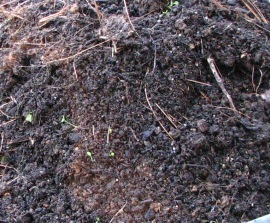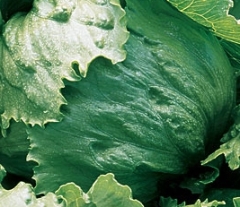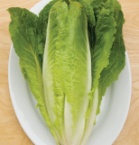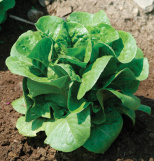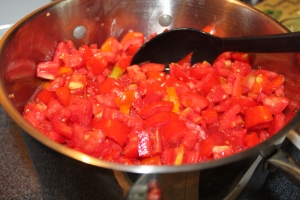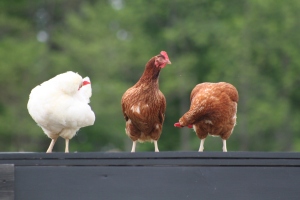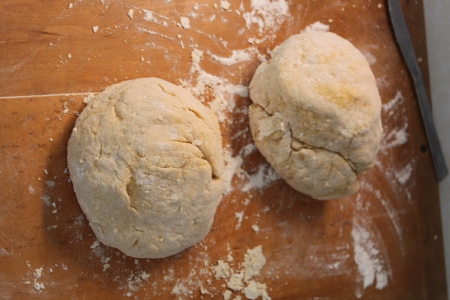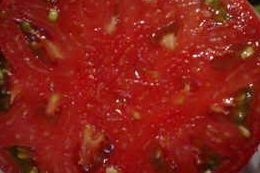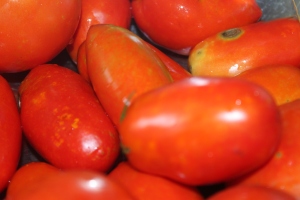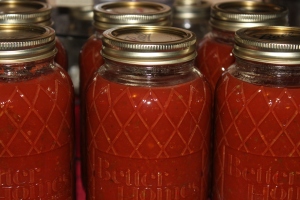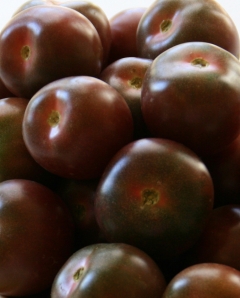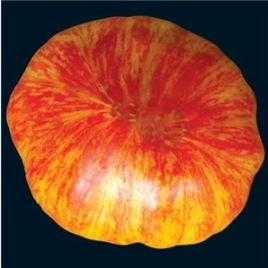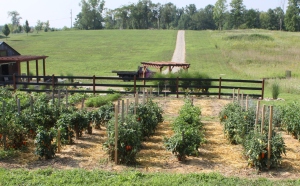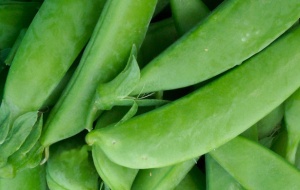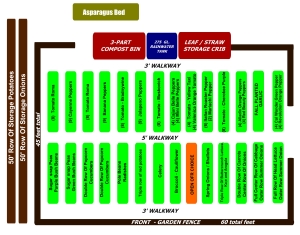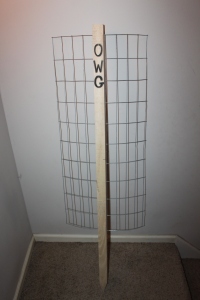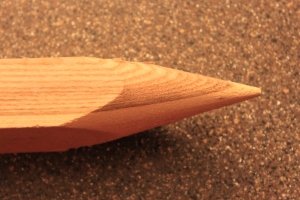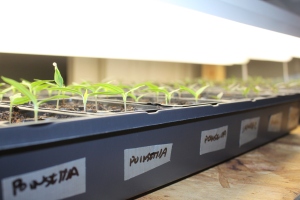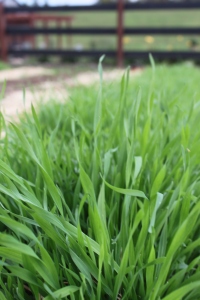Growing Lettuce – Experience Real Flavor!
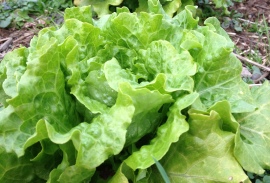
Concept – a Summer Crisp lettuce is a great choice to sow in late spring because it can tolerate more heat than most lettuce types
Lettuce is one of the fastest and easiest to grow crops around. It can be grown in the garden, in containers and raised beds, or almost anywhere you can clear out a little space.
There are hundreds upon hundreds of varieties available – in a myriad of colors, textures, all with their own unique taste. In fact, for most that begin to grow their own lettuce – they are shocked to realize the amazing difference in taste from the generic varieties available in most super markets and grocery stores. Most “supermarket” lettuce, (like the familiar Iceburg head lettuce) are grown specifically for their ability to handle shipping and store well – not for taste. When you begin to grow your own – you might just find out that with all that flavor – salad dressing isn’t even needed!
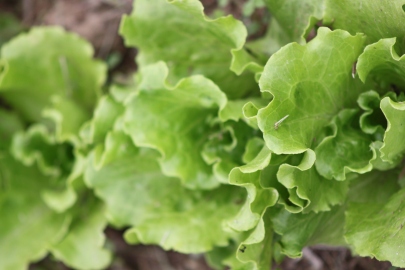
The first of our lettuce is up and through, almost ready for harvest. Pictured if Black Seeded Simpson.
Lettuce can be divided into many categories – but most will agree on these main four : Butterhead (Bibb style lettuce) , Crisphead (Iceberg, etc.), Looseleaf (Cutting varieties) and Romaine style.
Lettuce in general prefers cooler weather – so you will want to plant a spring/early summer crop, with a second fall crop as well. The hot summer heat tends to wilt and bolt lettuce. The good news is that it’s a quick grower, and can actually go from seed to table in as little as three to four weeks!
Preparing The Soil And Planting Lettuce:
Lettuce prefers loose, fertile, and well-drained soil. It will struggle to grow well in hard, clay-type soils. Prepare your beds by adding in lots of compost and organic matter. If your soil is on the clay-type side – you can also add a few shovel-fulls of sand to help loosen the soil structure and aid in drainage.
Lettuce can be planted with transplants or by directly sowing seed into the soil. We prefer planting most of ours by seed, mainly for the convenience, and for us, they have seemed to do better emerging from the soil than they have as transplants.
If your soil is fertile, lettuce will not require much additional care other than keeping it watered throughout dry periods. Lettuce, like most vegetable crops, should receive about 1″ of water per week. If you do want to fertilize – an application of compost tea can be applied once the crops have emerged through the ground.
We use a fair amount of straw mulch around the plants to keep weeds to a minimum – weeds can wreak havoc on lettuce crops. Be sure to take care when weeding – lettuce roots are shallow and are easily pulled from the soil.
To help keep pests at bay – we like to plant a few of our hot pepper plants near our lettuce or directly in the middle of the lettuce bed. Garlic and onions are also known to have the same effect when planted near lettuce crops.
Harvesting Your Lettuce Crop:
Leaf lettuce can be harvested whenever the plants begin to become large enough to snip their tasty leaves. The beauty of leaf style lettuce is that you can get multiple cutting from the same planting – increasing your yields. Be aware though, that after the first few cuttings, the leaves will start to become a little less tender with each cutting. If left alone, leaf lettuce will usually reach their maximum size in about 50 to 55 days.
Most head lettuce varieties mature in 55 to 70 days - and it is important to harvest them before the summer heat begins to wilt their leaves and change their taste.
To store lettuce, wash, drip or spin dry, and place in a plastic bag in the refrigerator. Lettuce keeps best right around 32°F.
Here are some of the types we grow and love:
Buttercrunch : The name says it all! Tasty, buttery leaves with a crisp bite.
Black Seeded Simpson : A crisp, leaf lettuce with great flavor – also handles heat a little better than other varieities
Red Salad Bowl : Just like its name, a great tasting, beautiful red-leafed lettuce adding lots of color to your plate.
Bibb Lettuce : We use a variety call “Winter Bibb” – but bibb lettuce in general has a sweet, buttery leaf perfect for fresh salads.
Romaine (Ridgeline) : This is an amazing variety of romaine – easy to grow, with wonderful flavor.
Concept : A Summer Crisp lettuce, it’s a great choice to sow in late spring because it can tolerate more heat than most lettuce types
Happy Gardening – Jim and Mary
